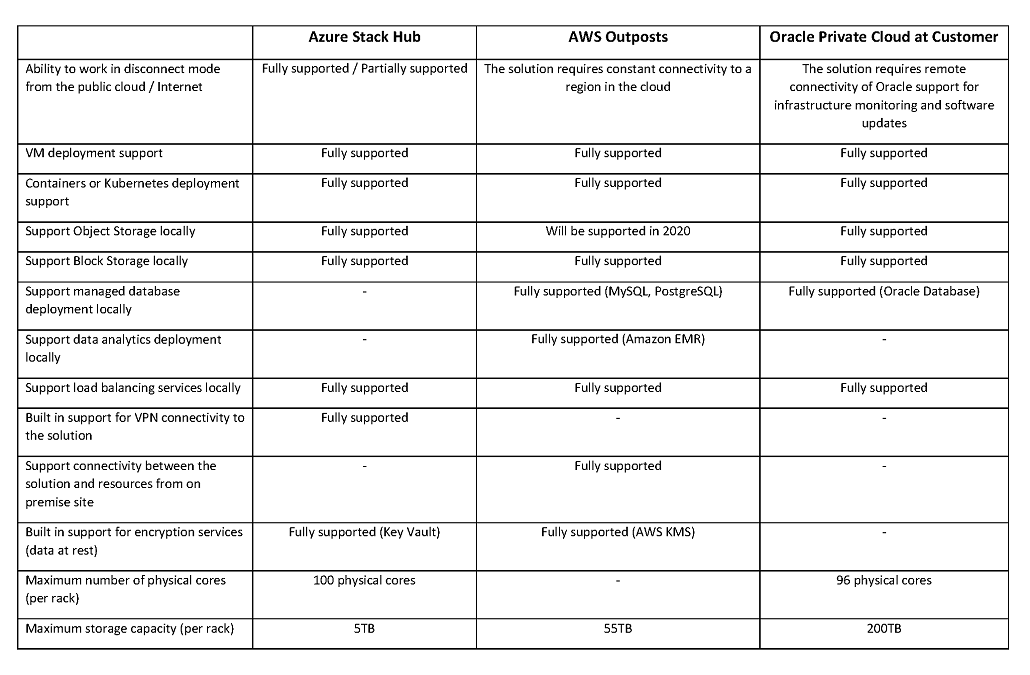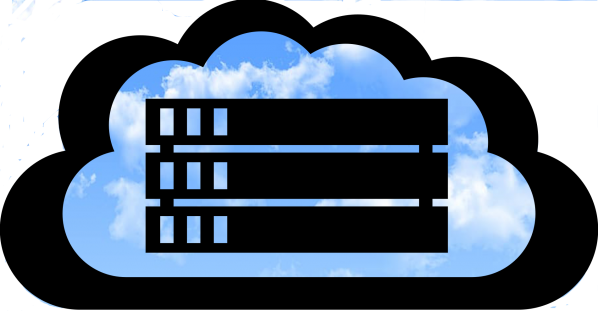For a long time, public cloud providers have given users (almost) unlimited access to compute resources (virtual servers, storage, database, etc.) inside their end-to-end managed data centers. Recently the need for local on-premise solutions is now being felt.
In scenarios where network latency or there is a need to store sensitive or critical data inside a local data center, public cloud providers have built server racks meant for deployment of familiar virtual servers, storage and network equipment cloud infrastructure, while using the same user interface and the same APIs for controlling components using CLI or SDK.
Managing the lower infrastructure layers (monitoring of hardware/software/licenses and infrastructure updates) is done remotely by the public cloud providers, which in some cases, requires constant inbound Internet connectivity.
This solution allows customers to enjoy all the benefits of the public cloud (minus the scale), transparently expand on-premise environments to the public cloud, continue storing and processing data inside local data centers as much as required, and in in cases where there is demand for large compute power, migrate environments (or deploy new environments) to the public cloud.
The solution is suitable for military and defense users, or organizations with large amounts of data sets which cannot be moved to the public cloud in a reasonable amount of time.
Below is a comparison of the three solutions currently available:

Documentation & Pricing Models
Azure Stack Hub
https://azure.microsoft.com/en-us/products/azure-stack/hub/
https://azure.microsoft.com/en-us/pricing/details/azure-stack/hub/
AWS Outposts
https://aws.amazon.com/outposts/
https://aws.amazon.com/outposts/pricing/
Oracle Private Cloud at Customer
https://www.oracle.com/engineered-systems/private-cloud-appliance/cloud-at-customer/
Summary
The private cloud solutions noted here are not identical in terms of their capabilities. At least for the initial installation and support, a partner who specializes in this field is a must.
Support for the well-known services from public cloud environments (virtual servers, storage, database, etc.) will expand over time, as these solutions become more commonly used by organizations or hosting providers.
These solutions are not meant for every customer. However they provide a suitable solution in scenarios where it is not possible to use the public cloud, for regulatory or military/defense reasons for example, or when organizations are planning for a long term migration to the public cloud a few years in advance. These plans can be due to legacy applications not built for the cloud, network latency issues or a large amount of data sets that need to be copied to the cloud.







